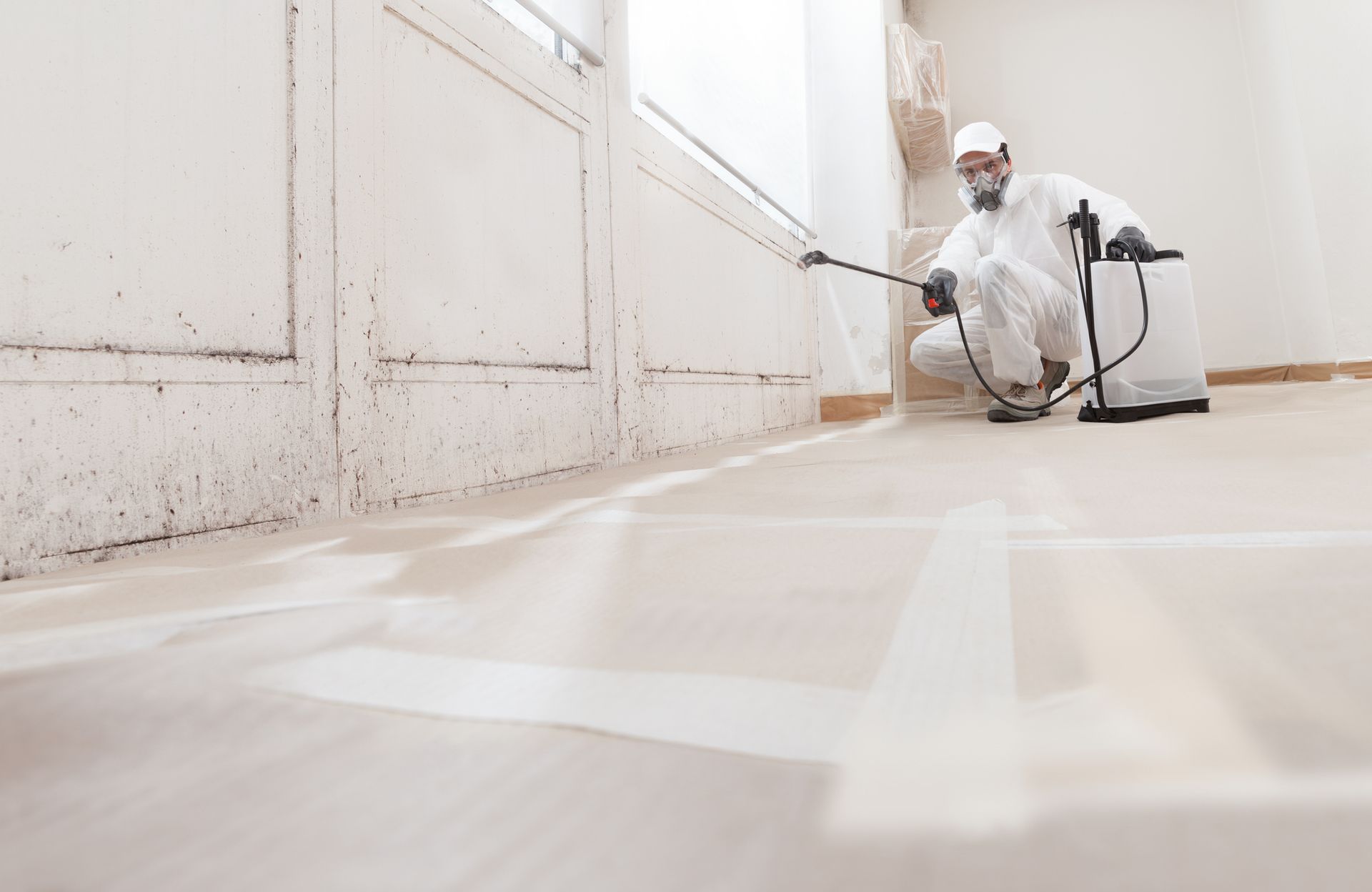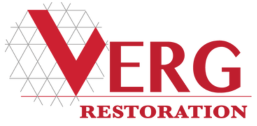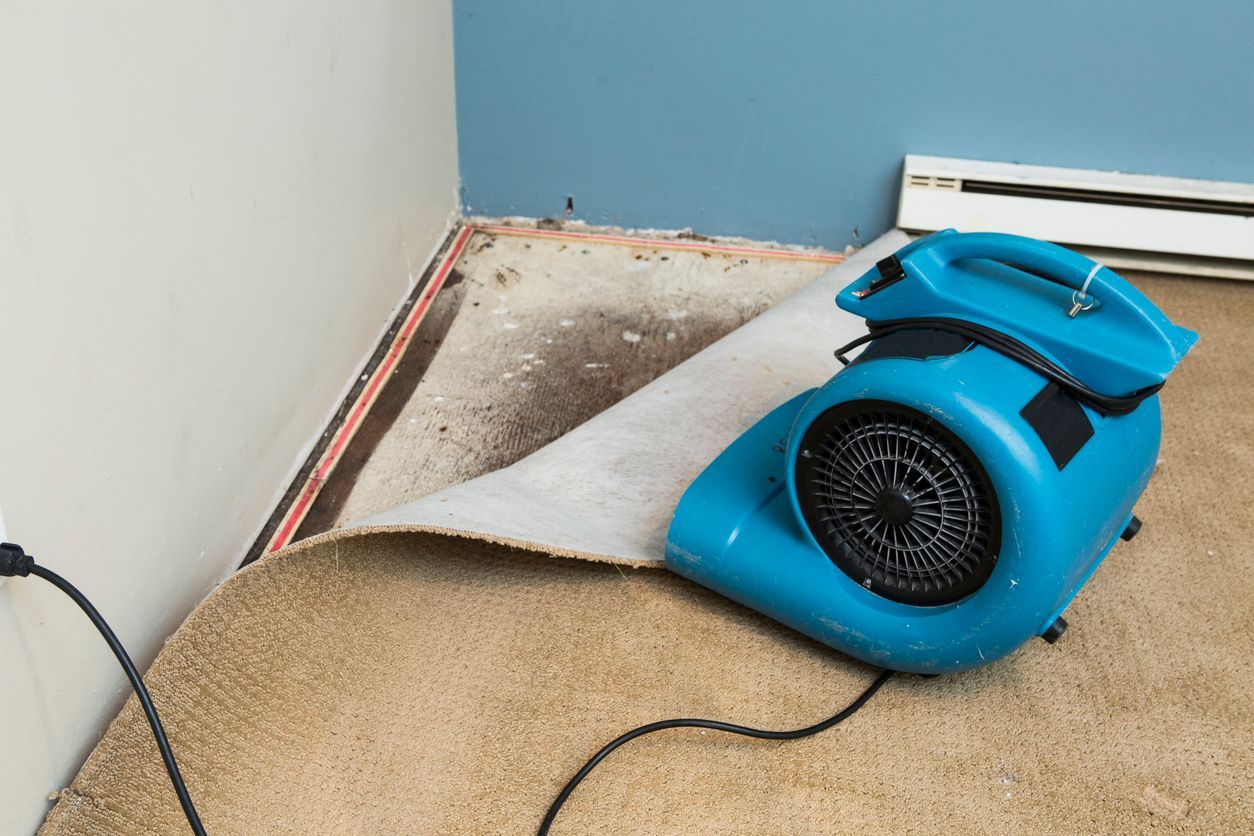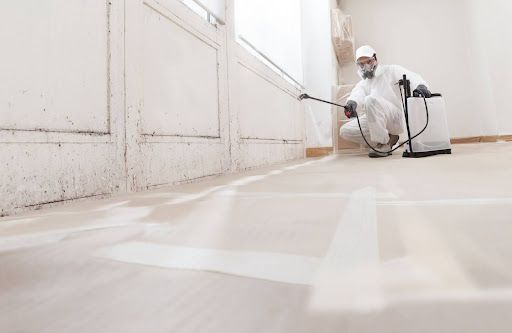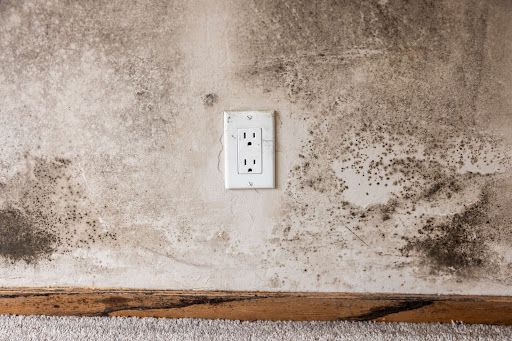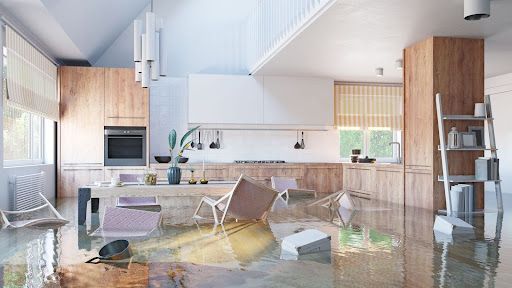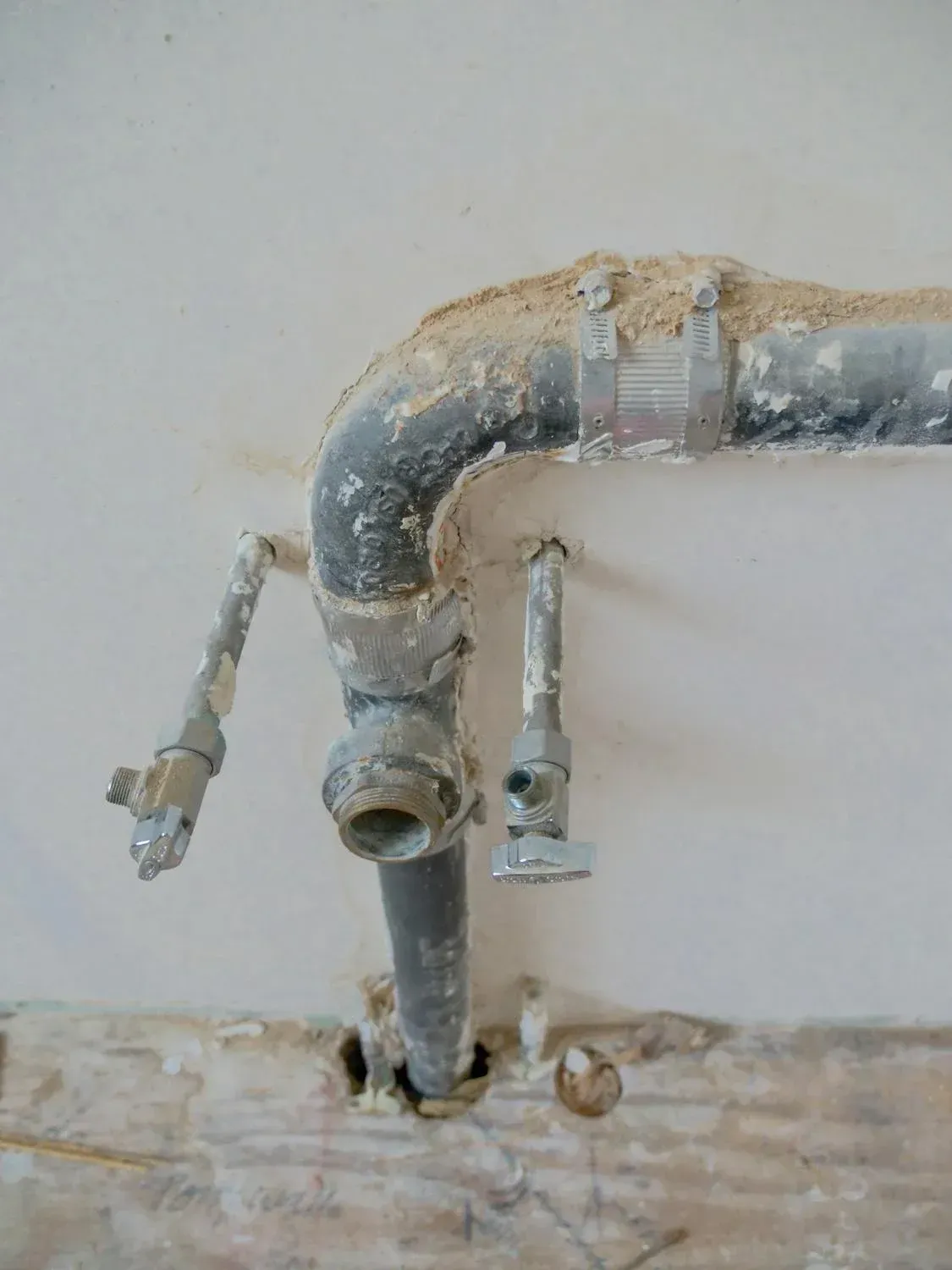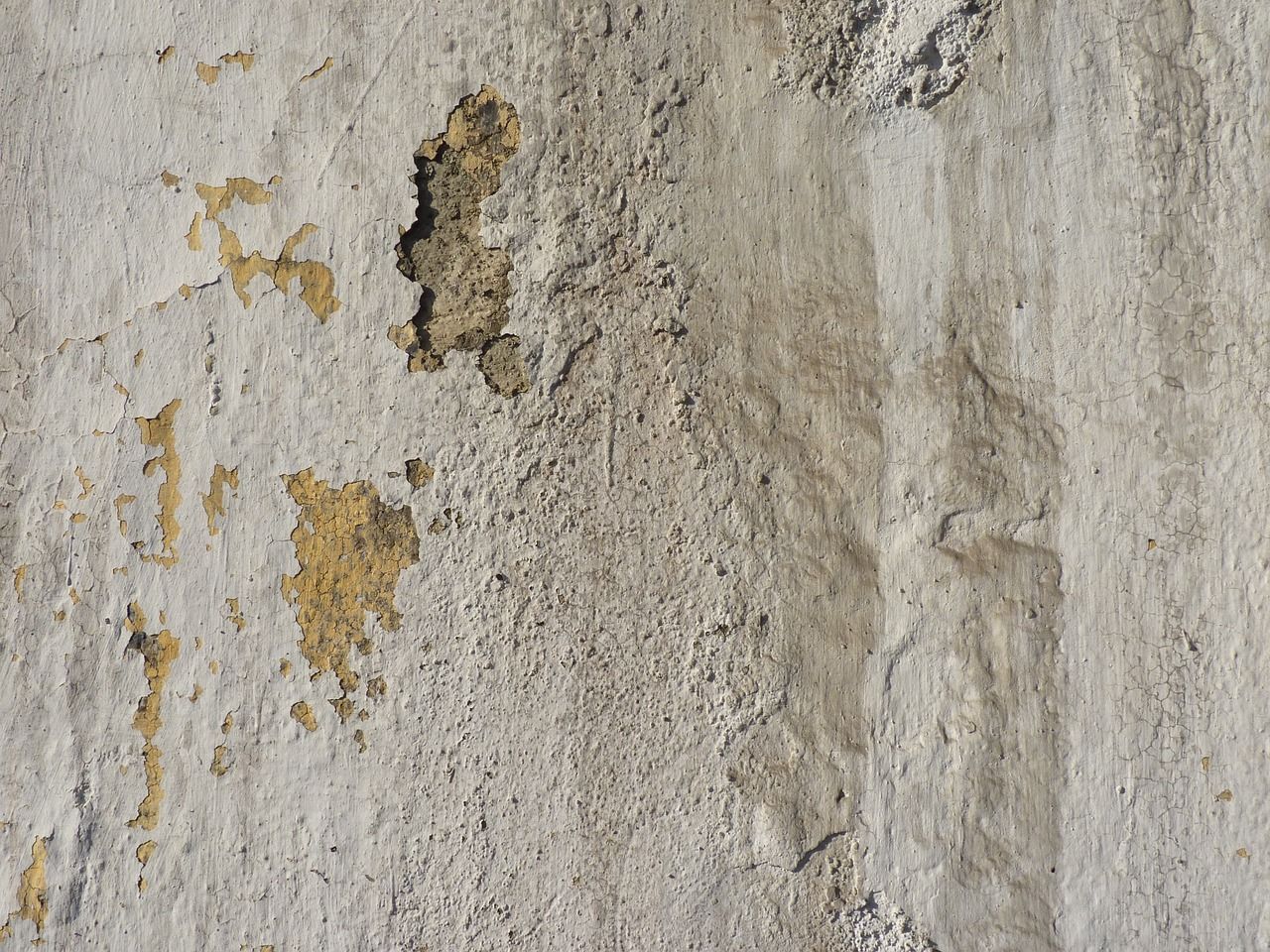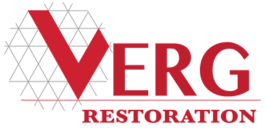How Professionals Dry Out Your Home After Water Damage
Water damage can feel overwhelming—whether caused by a burst pipe, a storm, or a leaking appliance. Beyond the initial mess, moisture that lingers inside walls, floors, and structural elements can lead to costly repairs, mold growth, and health concerns. Fortunately, today's water damage restoration experts use cutting-edge drying techniques and real-time monitoring tools to minimize damage and restore your home faster and more effectively than ever before.
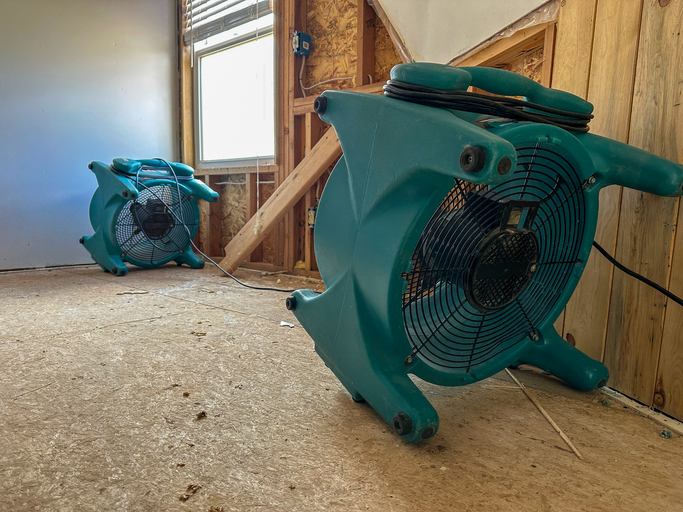
Step 1: High-Tech Assessment of Water Damage
The drying process begins with a comprehensive inspection using state-of-the-art diagnostic tools:
- Infrared Thermal Imaging Cameras: These reveal temperature differentials behind walls and under floors—helping to locate hidden water intrusion areas without the need for demolition.
- Advanced Moisture Meters & Hygrometers: Pinpoint the moisture content in materials like drywall, wood, and concrete, offering precise baseline data for targeted drying.
This data allows professionals to map the moisture-affected areas and develop a tailored drying plan based on building materials, water type, and environmental conditions.
Step 2: Deployment of Next-Generation Drying Equipment
Modern drying involves more than just fans and dehumidifiers. Professionals now deploy intelligent, energy-efficient equipment designed for optimal drying performance:
- Low-Grain Refrigerant (LGR) Dehumidifiers: LGR units are significantly more efficient than traditional refrigerant dehumidifiers, pulling moisture from the air even at lower humidity levels. They're ideal for handling large-scale water loss events in homes and commercial spaces.
- Desiccant Dehumidifiers with Smart Sensors: Used for specialty drying (like crawl spaces or cold environments), these dehumidifiers absorb moisture using silica gel or other desiccants and are often equipped with IoT-enabled sensors for real-time data tracking.
- High-Velocity Air Movers with Directional Flow Control: These are strategically placed to accelerate surface drying and airflow circulation. Many of today's air movers use variable speed settings and energy-saving motors, allowing for precise control and reduced power usage.
Step 3: Advanced Drying Techniques for Hard-to-Reach Areas
Not all water damage is visible. Professionals use targeted and non-invasive drying techniques to access concealed spaces:
- Injectidry Systems: These systems force warm, dry air into cavities behind walls, under hardwood flooring, and into ceiling voids using small holes or vents.
- Heat Drying Systems: Infrared or convection heat panels increase evaporation rates in building materials, ideal for drying hardwood floors and plaster without tearing them out.
- Negative Air Pressure Systems: Used to contain moisture and contaminants while drying, especially useful in mold remediation scenarios.
Step 4: Real-Time Monitoring and Adjustments
Drying isn't static—professionals use remote sensors, Bluetooth-enabled moisture readers, and cloud-based software to monitor progress continuously. This data allows technicians to adjust airflow, humidity levels, and equipment placement without delay, optimizing drying time and reducing unnecessary equipment runtime.
Step 5: Final Inspection and Restoration Planning
After drying is complete, professionals conduct a final walkthrough and testing phase to:
- Verify that moisture levels are within acceptable industry standards.
- Ensure no hidden areas remain damp (which can lead to future mold growth or structural weakening).
- Recommend any repairs or restoration necessary to return your home to pre-loss condition, including drywall replacement, floor refinishing, and painting.
Step 6: Prevention and Preparedness for the Future
As part of their service, restoration experts may advise homeowners on water prevention strategies using:
- Smart water leak detectors and shut-off systems (like Flo by Moen or Phyn Plus).
- Basement waterproofing enhancements.
- Routine HVAC and plumbing inspections.
- Dehumidification systems to maintain indoor humidity between 30-50%, reducing the risk of future damage.
Need Expert Water Damage Help in Vancouver, WA? Call Verg Restoration Today
At Verg Restoration, we combine experience, advanced technology, and rapid response to dry out your home quickly and thoroughly—minimizing long-term damage and restoring your peace of mind. Whether it's a small leak or a major flood, our certified technicians are equipped with the latest drying tools to bring your home back to life. Call us today at (360) 818-4644 or fill out our online form to schedule your inspection. Don't wait—water damage won't.
